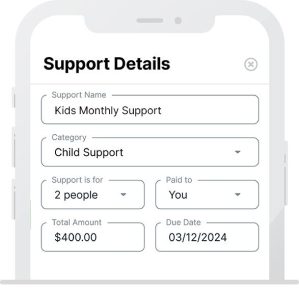In today’s caregiving landscape, the financial strain is becoming an increasingly common theme. A striking statistic has surfaced: 47% of working caregivers are watching their hard-earned savings dwindle as they juggle the financial demands of caregiving. This reality paints a vivid picture of the sacrifices made by those who step into the role of caregiver for their loved ones.
The Financial Balancing Act
Caregiving isn’t just about providing physical and emotional support; it’s a role that often includes managing finances, making payments, and covering unexpected expenses. The hidden costs of caregiving can quickly add up, leaving caregivers to face tough financial decisions. From medical bills to necessary home modifications, the financial responsibilities of caregiving are vast and varied.
For many working caregivers, dipping into personal savings has become a necessary evil to bridge the gap between income and caregiving expenses. It’s a testament to their dedication, but it also highlights the pressing need for better support and resources.
The Toll on Savings
Imagine working your entire life, carefully saving for the future, only to find those savings evaporating in the face of caregiving responsibilities. This is the reality for nearly half of all working caregivers today. It’s a sobering reminder of the financial caregiving burden that many face in silence. The emotional and physical toll of caregiving is well-documented, but the financial impact is just as profound.
Seeking Solutions
So, what can be done? First and foremost, awareness is critical. Recognizing caregivers’ financial strain is the first step toward addressing it. From there, exploring financial assistance programs, government aid, and community resources can offer some relief. Caregivers should not have to navigate this path alone. Access to financial planning services like SupportPay and caregiver support groups can also provide guidance and a sense of community.
The Role of Financial Caregiving
Financial caregiving involves more than just managing another’s finances; it’s about making strategic decisions that affect the well-being of both the caregiver and the care recipient. It’s a complex layer of the caregiving experience that demands attention, understanding, and support.
A Call for Action
This situation calls for a collective effort to support caregivers in their roles. Employers, communities, and governments must come together to provide resources and policies that acknowledge and address the financial burdens of caregiving. Offering flexible work arrangements, financial planning services, and emotional support can make a significant difference in the lives of caregivers.
The Importance of Self-Care
To all caregivers, remember that taking care of yourself is just as important as taking care of others. Seeking support, sharing your experiences, and utilizing available resources can help you manage the financial pressures of caregiving. It’s not an easy journey, but you don’t have to walk it alone.
In Conclusion
The rising cost of caregiving is a challenge that requires attention, compassion, and action. As we work towards better support systems, let’s remember the resilience and dedication of caregivers who are doing their best to balance the financial tightrope of caregiving. Together, we can strive for a future where no caregiver has to choose between providing care and preserving their savings.









